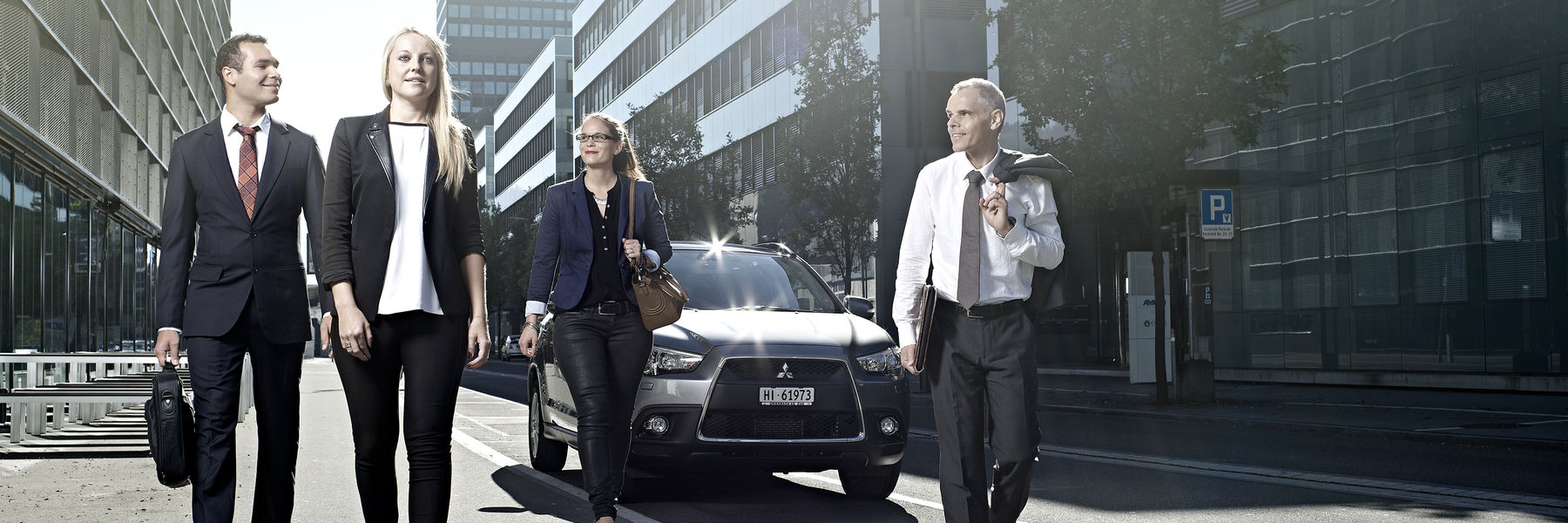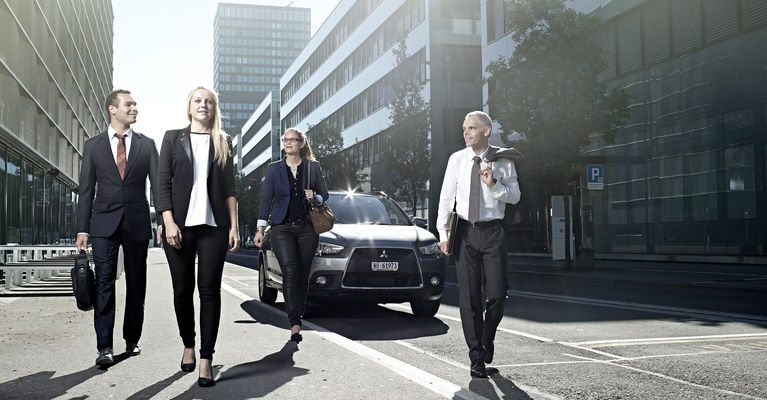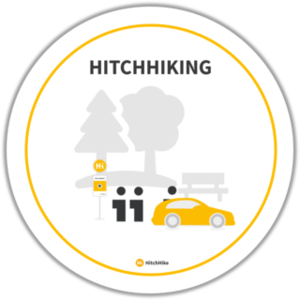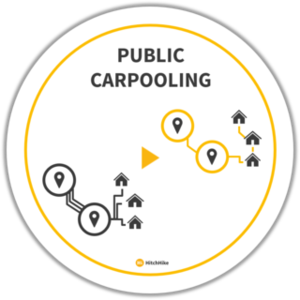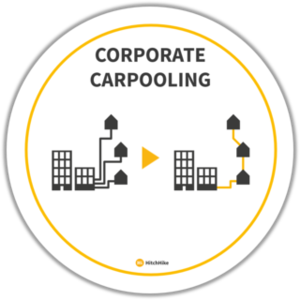How would you like to use HitchHike?
Carpooling News and Facts
FACTS FROM SWITZERLAND
Environmental protection is everyone’s problem. However, we also believe it is important to remain flexible and mobile on a day-to-day basis, which is why many believe it is not possible to do without their own car.
WHY HITCHHIKE?
HitchHike offers a simple solution to creating carpools for similar routes in order to effectively and sustainably protect our resources and to reduce carbon emissions.
HitchHike with you
Existing social structures such as companies, research companies, universities and major events, as well as communities and industrial areas, provide a good basis for car pooling.
The HitchHike Eco System offers the right framework and support for active participation and the long-term establishment of more sustainable mobility.
The journey starts with the concept for your situation, the introduction of the offer and long-term support and operation of the service.

